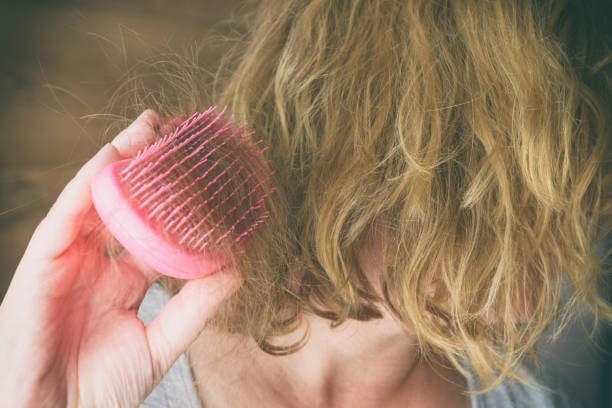Don’t Have a Nightmare About Hair Loss. Overview of Hair Transplantation
It would be more accurate to discuss why our hair is falling out before discussing hair transplantation. Let’s remove hair loss to the dusty pages of history together. Let’s get to know the miraculous FUE method.
Why Do We Lose Hair Over Time?
Our hair may lose its lushness over time due to a variety of factors such as congenital or subsequent hormonal disorders, seasonal factors, iron or vitamin deficiency, genetics, and stress. Adults shed an average of 50-100 hairs per day, which is considered normal. Hair strands with a constant natural cycle fall out on their own every 4-5 years, and then more well-groomed and healthy hair emerges from hair follicles. However, excessive hair shedding can alert you to the presence of certain serious diseases. Simultaneously, the causes of hair loss in men and women may differ. Hair loss after puberty in men is primarily caused by genetic factors. Stress, hormonal disorders, malnutrition, various skin problems, cosmetic products used, and some drugs can all cause hair loss in women. Women’s hair loss increases significantly during critical periods such as postpartum and menopause.

How Can I Avoid Hair Loss?
It is critical to understand some of the basic factors that cause hair loss in order to prevent it. Various methods can be used in the treatment process, which should be planned in the presence of a dermatologist. Aside from using shampoo, cream, and cosmetic products that are compatible with your scalp, developing healthy eating habits and detecting and supplementing the body’s missing hormones or vitamins can significantly reduce hair loss. When hair loss occurs as a result of chronic diseases, such as thyroid disorders, a study plan for disease treatment should be developed. Furthermore, many alternative treatments, such as drug therapy, mesotherapy, PRP, or hair transplantation, are used at the same rate as the degree of hair loss.
What Is Hair Transplantation, Exactly?
The treatment methods and content recommended for hair transplantation may differ depending on the individual’s needs. Hair transplantation is a treatment method that has been shown to be a permanent solution to hair loss. It involves transplanting hair follicles from the nape or another part of the body to areas where gaps and sparseness occur. The treatment process is carried out in the operating room by expert teams under suitable conditions by removing the hair follicles from the strongest areas of the head and the forehead one by one after local anesthesia and transplanting them to the places required. This procedure will not cause you any discomfort. It can take an average of 4-5 hours depending on the size and width of the area chosen for hair transplantation. An appropriate and correct hair transplantation method is extremely important in terms of newly planted hair compatibility with the scalp and healthy growth. After the treatment, the person who has had hair transplantation is advised to rest at home for a few days and avoid physical exertion. The hair will fall out a few weeks after the transplant, but the hair follicles will remain in place. Following this hair loss, new hair will grow from healthy hair follicles that penetrate the skin. Another intriguing question is whether graying hair can be treated with a hair transplant. Hair begins to turn white over time for a variety of reasons, including aging, excessive stress, and nutritional deficiencies. In society, there is a misunderstood phenomenon, such as whitening hair does not shed. Whitening hair can also fall out, and graying hair can result in a loss of hair. Those who are concerned that your hair has thinned and turned white may wonder if it can be transplanted. Yes, the answer to your question is unequivocal yes. In other words, the color of your hair is unimportant in hair transplantation. Only the color of your hair will determine how your hair strands appear. For example, when people with blond or black hair have hair transplantation, the hair will grow in the same color. As a result, the genetics of the hair strand will continue to grow in the color that you have. We’d like to provide you with some information about this important subject.
Is White Hair Transplantation a Good Option for Me?
White hair is definitely transplanted and would look great. It has a more natural stance as well. Hair transplantation is done for white hair in the same way that it is done for black or blond hair. After hair transplantation, it will only grow in the same color, that is, white, and there will be no other difference. Nothing will change after the white hair transplant.
Is It Will True That My Transplanted Hair Is Also White?
Of course, the transplanted hair may turn white as well. The whitening state of your hair varies depending on your hair’s genetics. The only difference is the location of the transplanted hair.
Can I Color My Hair After Getting a White Hair Transplant?
When you have FUE hair transplant, you will notice a significant improvement in your hair. You can continue to dye your hair after the hair transplant procedure. Hair dye will not harm the transplanted hair in any way. Because the healing process will continue after hair transplantation, it is best to dye hair after the third or fourth month.
Isn’t it time to say good-by to your white hair with a hair transplantation?
